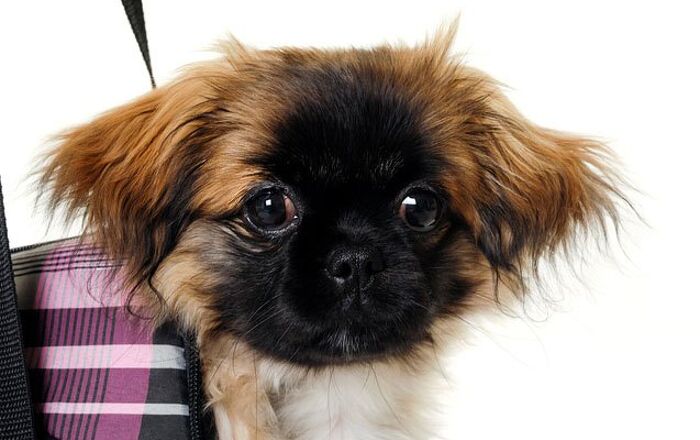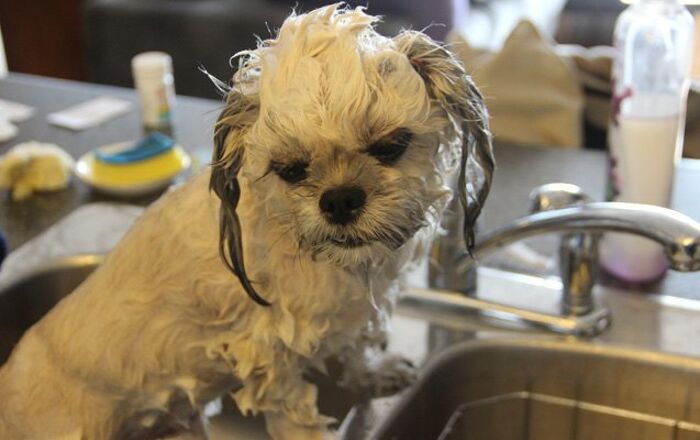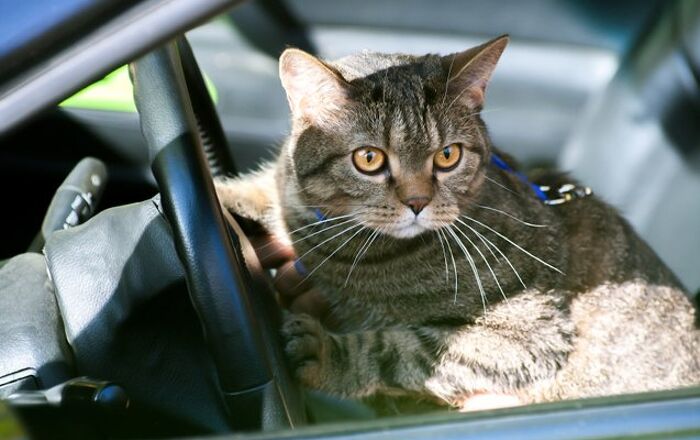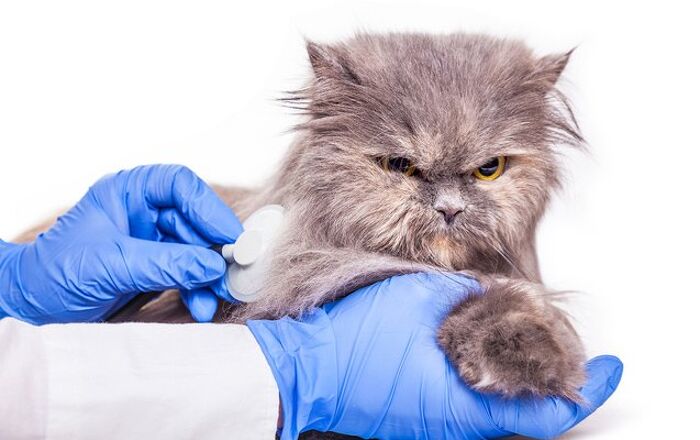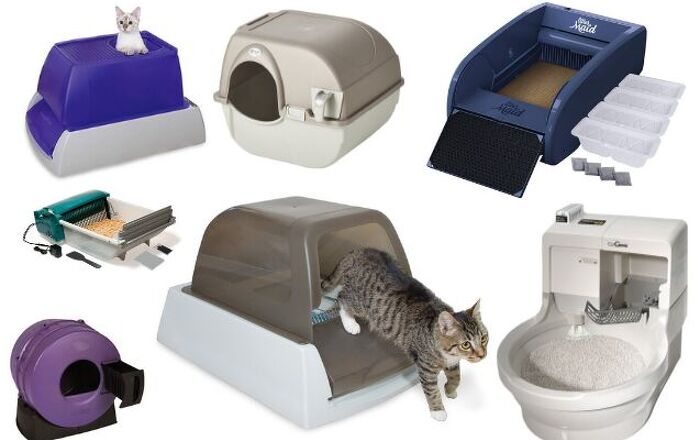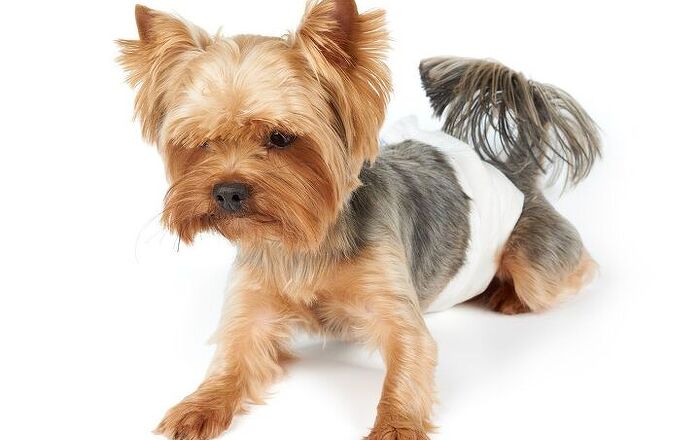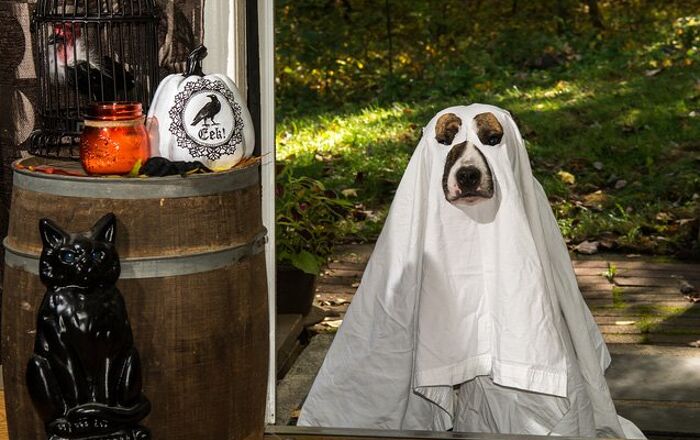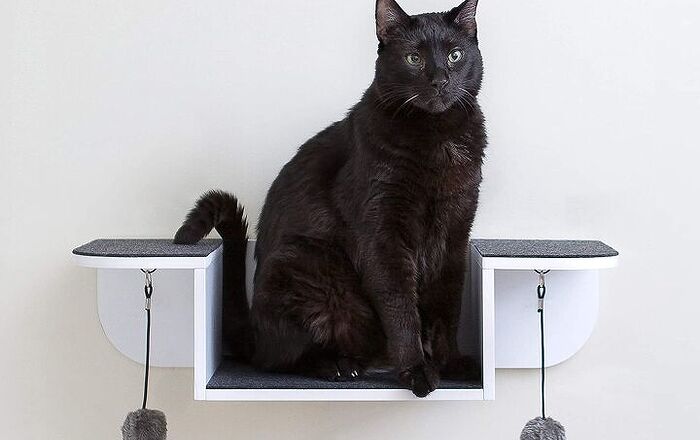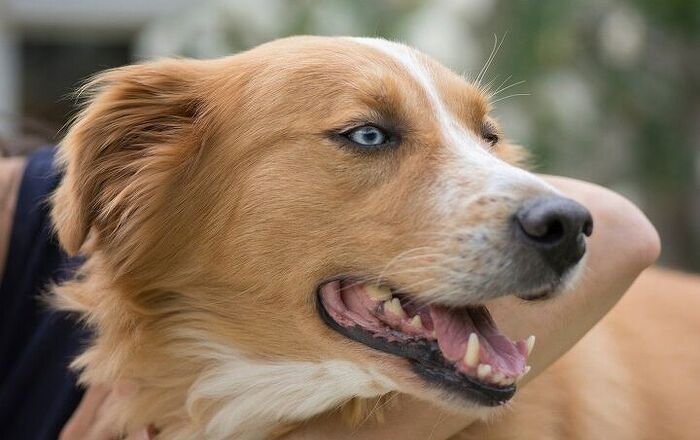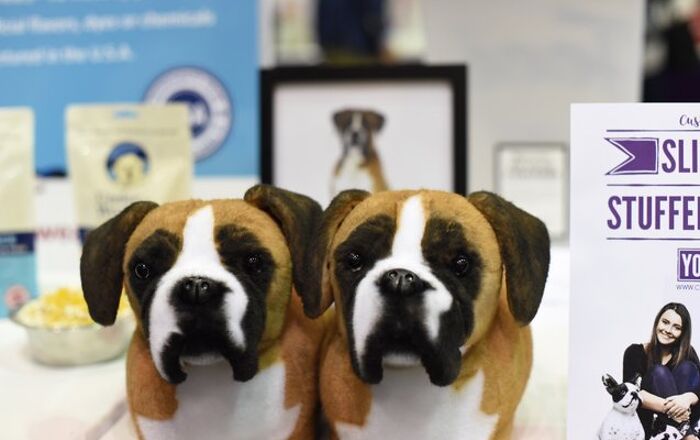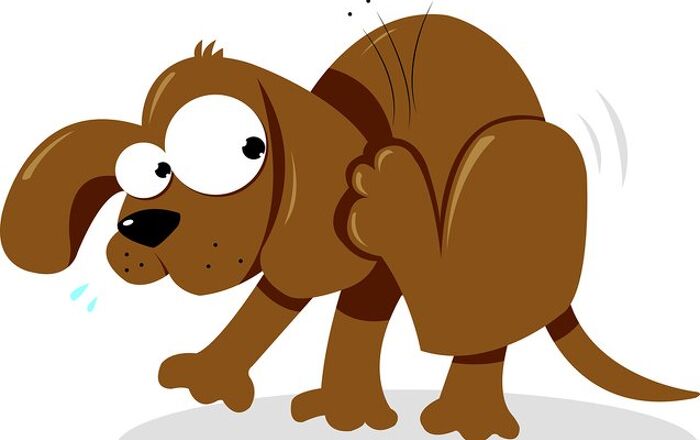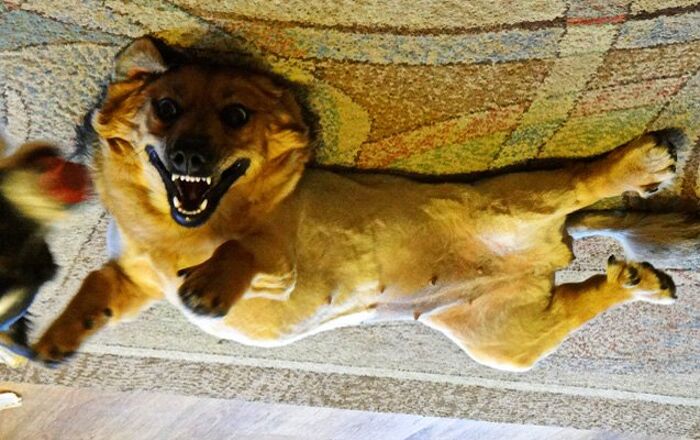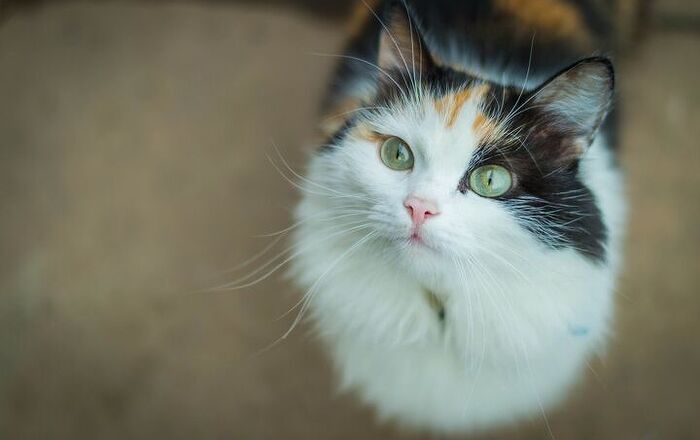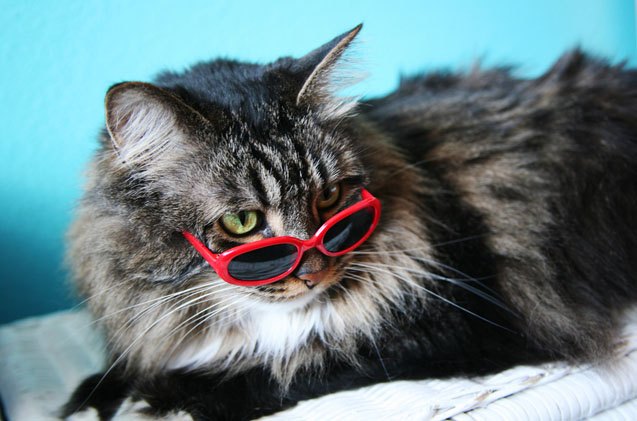
Have you ever thought that your cat was just too cool for you? It turns out that they’re so cool, they domesticated themselves!
When researchers analyzed the DNA of cats from thousands of years ago, what they found was surprising—well, maybe not so surprising to us crazy cat people. Keep reading to learn a bit about the study that proves cats are so cool they domesticated themselves (of course they did!).
Kitties of the Ages
The comprehensive study that has shed so much light on the history of today’s domesticated feline was published in Nature Ecology & Evolution. This new research suggests that kitties happily lived alongside people for thousands of years before they were ever domesticated.
Related:Science Proves Cats Were Perfect Even Before Domestication
Throughout the study, researchers looked at the DNA of more than 200 kitties who lived over the last 9,000 years. Scientists even got to dive into the DNA of cats who lived in ancient times by looking at feline mummies from Egypt. But in addition to those ancient kitties, they also looked at the DNA of the African wildcat of today.
Two Lineages = The Modern Domestic Cat
What researchers learned is that two major lineages ultimately contributed to the housecat that you know and love today. One lineage of cats spread from southwest Asia into Europe. The other lineage consisted of African kitties that lived in Egypt and spread into the Mediterranean and much of the Old World.
Experts believe that, thousands of years ago, kitties started spending time in farming communities, where they could help humans by controlling the rodent population. It is believed that the cats were attracted to areas populated by people because rodents were attracted to the crops. So they went where the food was easy to find. Smart.
Related:Why Do Cats Love to Sunbathe?
These were likely the first encounters that people had with frisky felines, which is why researchers believe that cats pretty much domesticated themselves, as opposed to being captured by people and put into cages or put to work. Experts also concluded that prehistoric humans might have taken cats along land and sea routes in an effort to control rodent pests.
Cats Have Always Been Cats
There’s more: After analyzing all of that feline DNA, researchers determined that feline genes haven’t changed much at all over thousands of years. Well, except for one thing: the tabby’s spots and stripes, which seem to have developed later. But, overall, the genes of cats who lived so long ago are similar to the genes of wildcats today.
Here’s what the research shows about the tabby coat: the gene for the coat dates back to the Ottoman Empire, and it became common later in Africa and Europe. The striped or blotched markings started to show up in cats during the Middle Ages, but the markings only became common enough for people to associate them with domestic kitties in the 18th century. Then, during the 19th century, people started picking cats with specific traits in order to create new breeds.
Just Another Reason to Admire Your Kitty
So it appears that the cat you share your home with isn’t much different from the cats that started hanging around people thousands of years ago. Unlike dogs, who were chosen by humans to help them with specific tasks, cats weren’t chosen. Instead, it seems that they may have chosen us, and humans didn’t feel the need to change them along the way either. As experts continue to study feline history, they’ll likely discover even more fascinating facts about our little companions.
